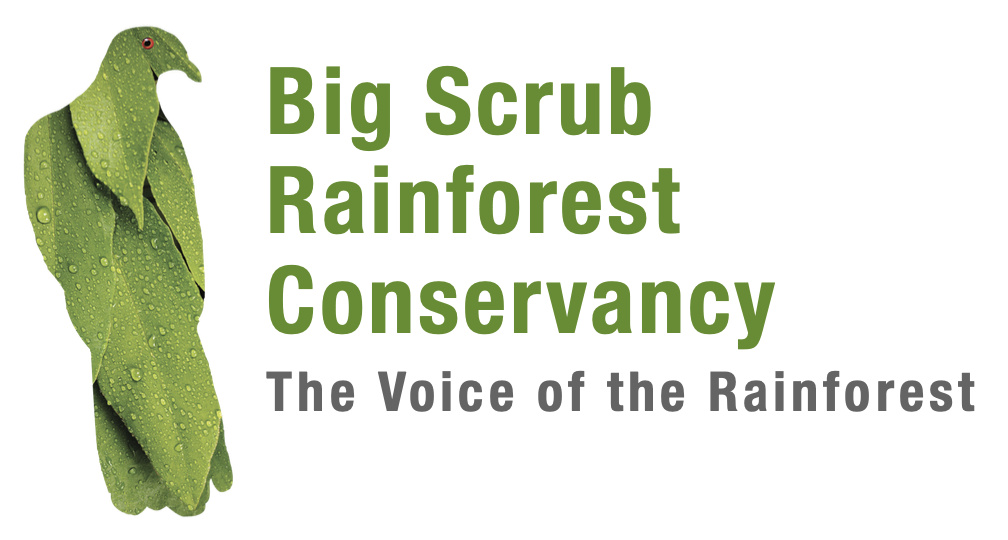Black Apple (Planchonella australis) is one of the largest bush tucker foods in the Big Scrub. A member of the Sapotaceae family, the same family as the persimmon, the fruit is slightly sweet, less tart than a Davidson plum and has a delicious texture. And, if you feel like foraging, the forest floor is currently covered with the dark shiny fruit.
This year seems to be a particularly prolific year for the species, which is endemic to South-East Queensland and Northern New South Wales. Under a large tree, hundreds of fruit can be found. But be careful which fruit you eat – they cleverly allow their fruit to fall to ground before they’re ripe. It takes a few days to a week for them to soften and become more palatable, perfect for cassowaries (when they were around these parts), rodents, possums and larger fruit eating birds to feast on. It’s best to collect them from the forest floor while still hard and let them ripen at home before eating.
The seeds are attractive, shiny, flat and brown, and germinate easily. The tree itself can grow up to 30 metres tall and has a fluted trunk with rough brown bark. It attracts birds and insects and is a favourite of the green catbird, which eats the fruit. Historically, it was grown for its hard wood for cabinet making and the yellow patterned wood has also been used to make rulers.
If the species had received the same treatment as apples or pears, it could have developed into a very sweet, tasty, highly sought-after fruit. With growth in the native fruit industry taking off, it will be interesting to see how it’s use develops. In the meantime they’re a beautiful, slow-growing tree adding precious food and vibrant colour to our diverse rainforest.





